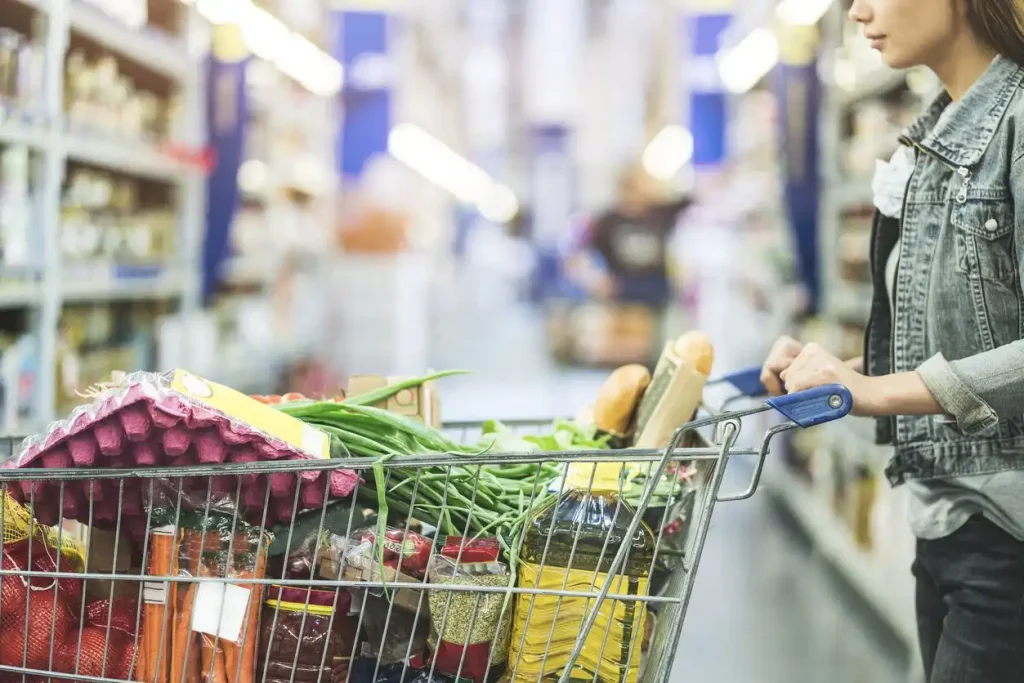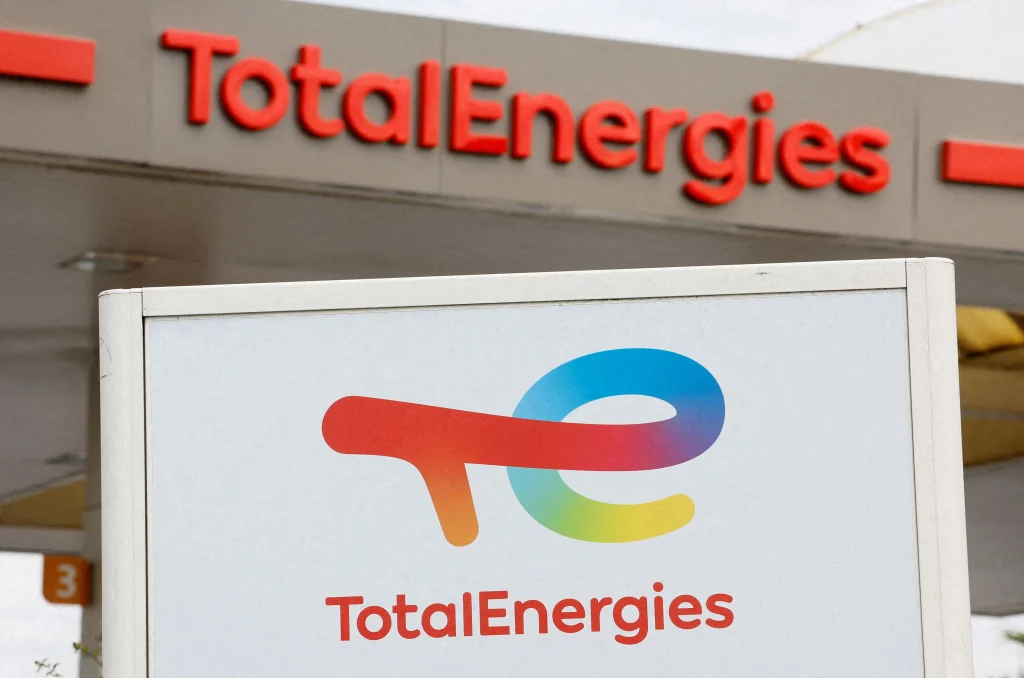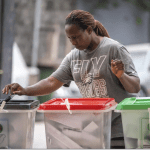As household budgets across Africa face mounting pressure in 2025, grocery prices remain a critical concern for millions. According to Numbeo’s Grocery Price Index, which compares the cost of common food items to New York City’s benchmark, several African nations stand out for their high grocery costs.
Below, we explore the top nine African countries where groceries are the most expensive this year, delving into the economic challenges driving these prices.
Ethiopia Tops the List
Ethiopia leads as Africa’s most expensive grocery market in 2025. Persistent inflation, supply chain disruptions, and currency fluctuations have driven up food prices, forcing households to allocate a significant portion of their income to essentials. For many Ethiopians, securing daily sustenance remains a growing challenge amid these economic pressures.
Mauritius Faces Import Challenges
Mauritius, an island nation heavily reliant on food imports, ranks second. Global trade disruptions and exchange rate volatility have inflated grocery costs, impacting both consumers and businesses. The dependence on imported goods continues to strain household budgets in this tourism-driven economy.
Cameroon’s Rising Food Costs
Cameroon secures the third spot, with economic pressures and supply chain issues pushing grocery prices higher. The cost of staples like grains and vegetables has risen, making it harder for families to afford balanced diets, particularly in urban areas.
Ivory Coast’s Economic Strain
Ivory Coast, a major cocoa producer, faces elevated grocery prices due to inflation and reliance on imported food items. Despite its agricultural output, the rising cost of essentials challenges residents, particularly low-income households.
Zimbabwe’s Currency Woes
Zimbabwe’s ongoing currency instability and inflation contribute to its high grocery costs. Economic difficulties have made basic food items less affordable, with many families struggling to meet their nutritional needs in a volatile market.
Mozambique’s Trade Challenges
Mozambique grapples with rising food prices driven by trade disruptions and economic constraints. The cost of imported and local goods alike impacts consumers across income levels, exacerbating food insecurity in some regions.
Ghana’s Economic Pressures
In Ghana, fluctuating food prices stem from currency depreciation and supply chain issues. Households face increasing difficulties affording essentials, with economic policies struggling to stabilize the market and ease financial burdens.
Algeria’s Import Dependency
Algeria’s high grocery costs are tied to its reliance on food imports and persistent inflation. These factors drive up prices for everyday items, challenging families’ ability to maintain consistent access to nutritious food.
Nigeria’s Market Struggles
Nigeria, Africa’s most populous nation, rounds out the list. Inflation, supply chain bottlenecks, and currency devaluation have pushed grocery prices higher, straining household budgets and limiting access to affordable food for many.
Economic Factors Behind the Costs
Across these nations, common themes emerge: inflation, currency instability, and reliance on food imports significantly drive up grocery prices. Supply chain disruptions, often linked to global trade challenges, further exacerbate the issue, particularly for import-dependent countries like Mauritius and Algeria.
In nations like Ethiopia and Zimbabwe, domestic economic instability amplifies the cost-of-living crisis, making groceries a major financial burden.
Looking Ahead
As 2025 progresses, addressing these high grocery costs will be crucial for improving food security and economic stability across Africa. Governments and policymakers face the challenge of stabilizing currencies, boosting local production, and mitigating global trade disruptions to ease the burden on households.
South African Ministry Warns Against Fake Job Offers in Russia























